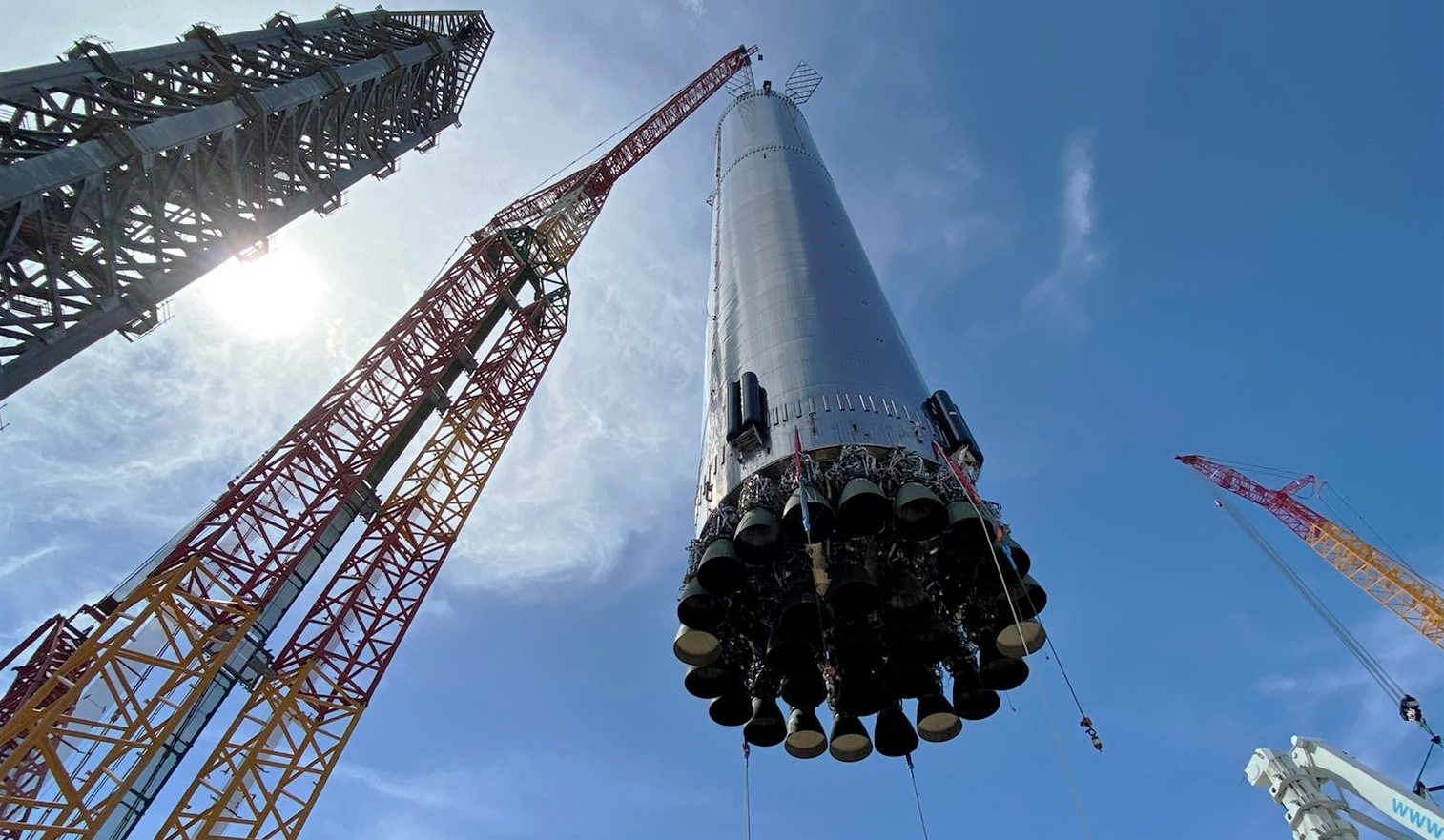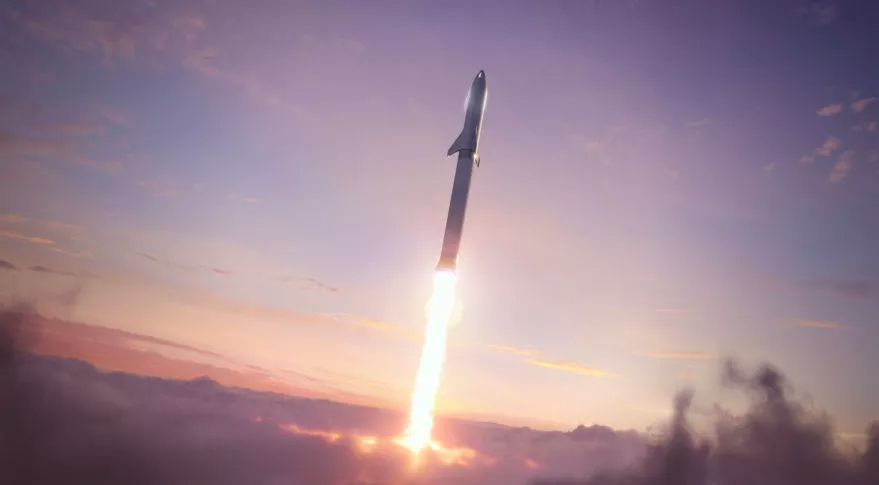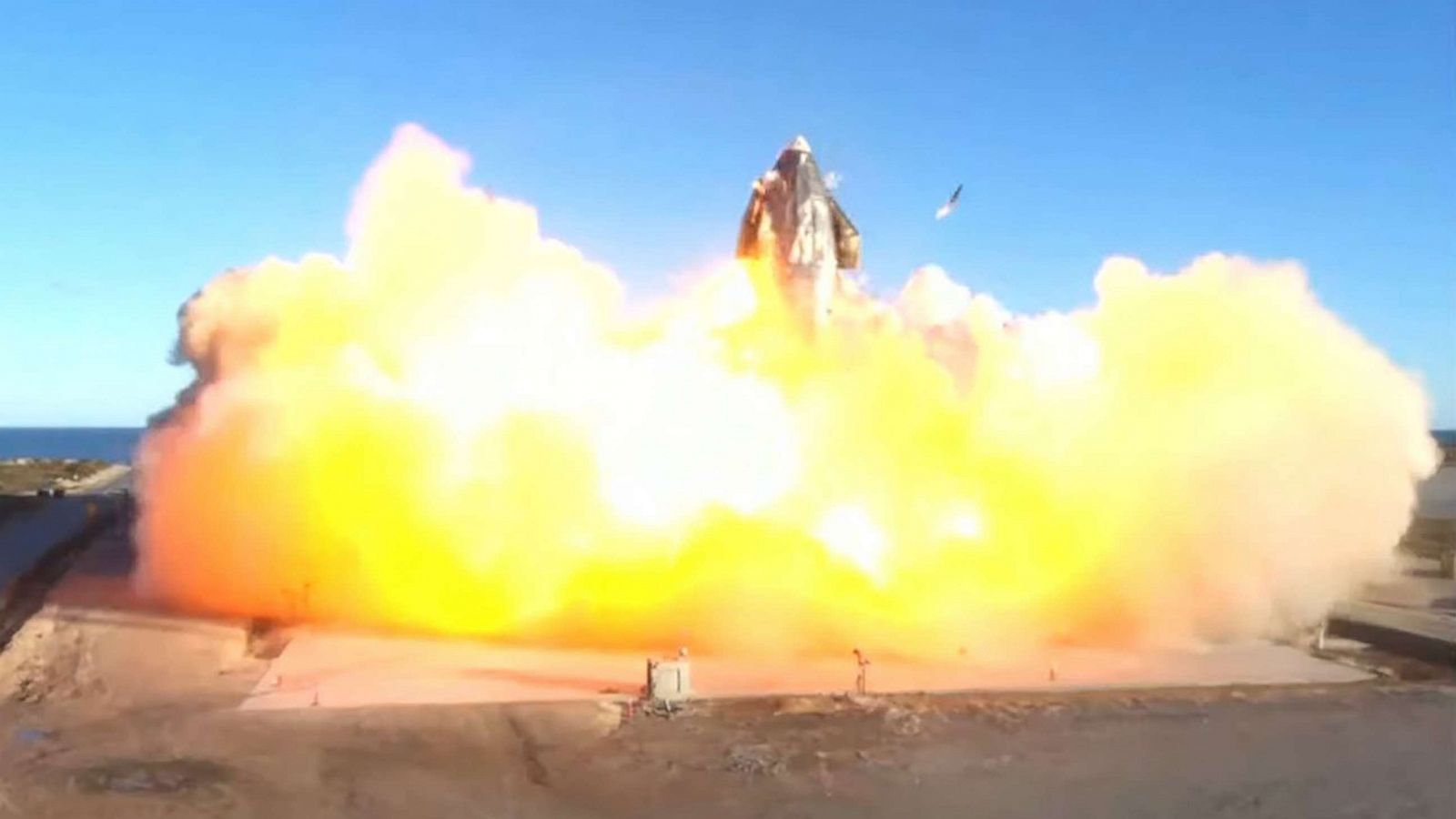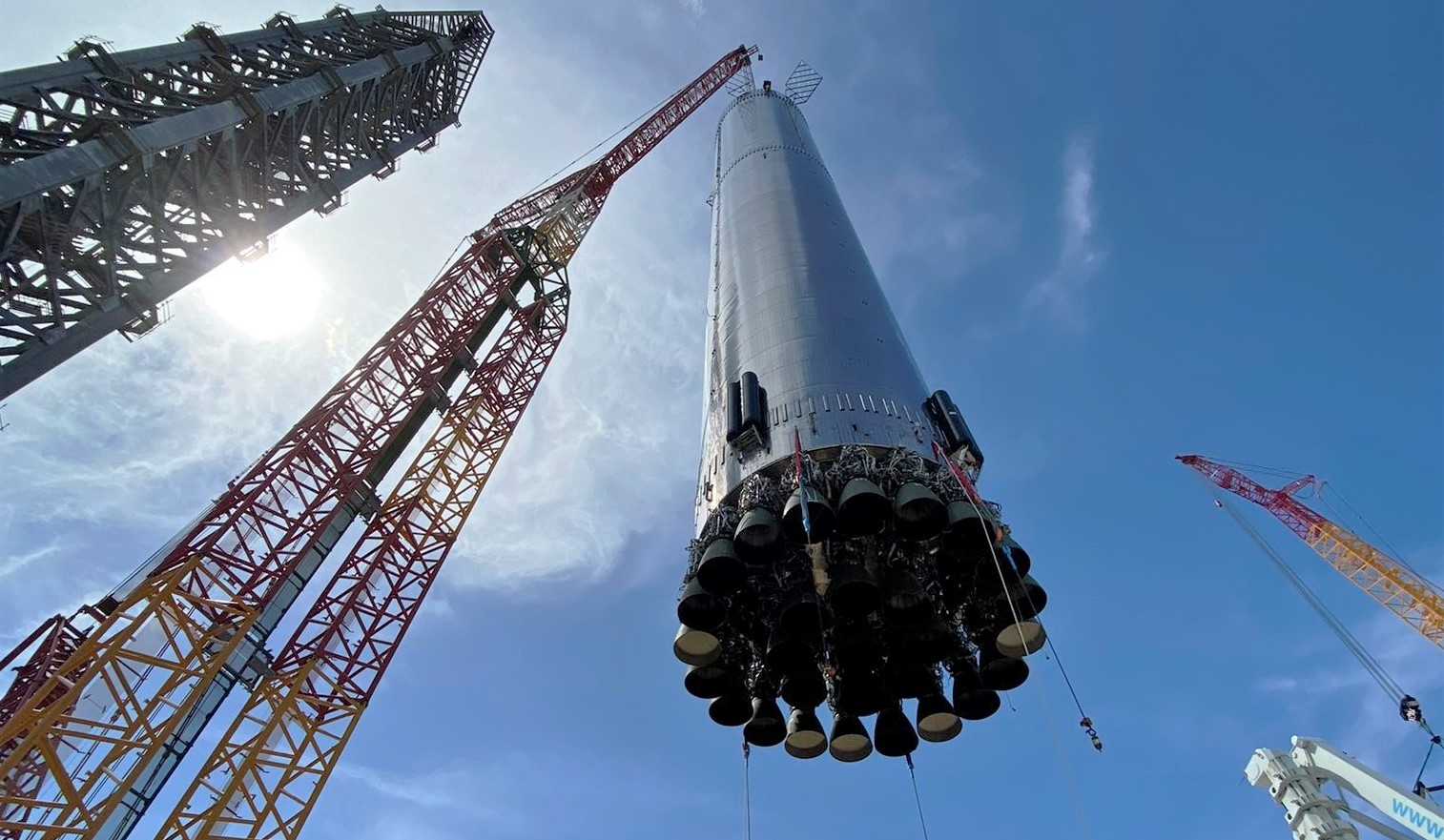
Why SpaceX Is Catching Starship Out Of Mid-Air
Currently, SpaceX is in the process of developing and testing its Starship Rocket. Meant to be one of the biggest and more powerful in the world, it is also planning on being fully reusable. However, rather than land like the Falcon 9 booster, SpaceX has a different plan in mind.
SpaceX is catching Starship out of mid-air to reduce weight, increase launch speed, eliminate weak points of the rocket, and more. Each aspect has helped SpaceX make the big decision to catch Starship out of the air when landing.
While it is very hard to believe, SpaceX has done the impossible before. Even though SpaceX will not be attempting to catch Starship on the upcoming orbital test flight, they do have plans for the near future. With the installation of the arms about to happen, we will have to wait and see.
Will SpaceX Catch Just The First Stage Or Both?

SpaceX is planning on catching the booster for sure and maybe the Starship second stage. Catching the booster provides the most benefits and has been planned to be caught for quite a while. Super Heavy already has a plan for how it will be caught using its massive grid fins. As for Starship, Elon Musk has mentioned in some tweets that they might try to catch the second stage. Musk said “Ideal scenario imo is catching Starship in horizontal “glide” with no landing burn, although that is quite a challenge for the tower! Next best is catching with tower, with emergency pad landing mode on skirt (no legs).” We can expect SpaceX to catch the booster and maybe Starship as well.
Why Catch Starship?
Weight Reduction – One benefit of catching Starship is weight reduction. Every pound you save on the rocket ends up increasing the amount of weight you can bring into orbit. Weight is so important on a rocket that companies such as SpaceX do everything in their power to remove weight. In terms of catching Super Heavy out of mid-air, the booster would not need landing legs. Super Heavy is so big that the landing legs would need to be massive in order to support its weight. If SpaceX can catch Super Heavy, and move it to the launch pad, no legs will be needed. Taking the legs off would mean the booster could put even more cargo into orbit and beyond.
Launch Speed – A special aspect of Starship is its goal of rapid reusability. SpaceX not only wants a rocket that can be used multiple times but a rocket that can be rapidly reused. The long-term goal consists of a Starship landing after a mission, going through some checks, and taking off again soon after. If SpaceX catches Super Heavy and Starship this process could be sped up significantly. If the booster for example instead landed on a near launch pad, a large crane possibly attached to the launch tower would have to pick up the booster and move it to the launch mount. This would end up taking a long time and slow down the next launch. Instead, catching Super Heavy allows SpaceX to instantly move the booster onto the launch mount and speed up the process.
Eliminate Starship Weak Points – Elon Musk often talks about how important simplifying certain aspects of projects are. Specifically, when asked about Starship and its plans he mentions that no part is the best part. An example of this could be Super Heavy’s grid fins. While at first they were planned to fold just like the Falcon 9’s, the design has since changed to fixed grid fins to remove parts and simplify the design. A similar thought process has gone into removing the legs of Super Heavy. The legs create a large challenge for SpaceX and not just because of their added weight. The legs are a complex part that is hard to design to efficiently hold up a Super Heavy after landing.
An example of this could be Falcon 9. When SpaceX was first testing the rocket there were some challenges with the legs collapsing due to the force of landing. Additionally, SpaceX has talked about how in the refurbishment process of Falcon 9, the majority of the time goes into fixing the landing legs because of their complexity and importance. By catching Super Heavy rather than having it land by itself, SpaceX removes the possible weak point and helps speed up the turnaround time.
How Will SpaceX Catch Starship?

SpaceX will catch the Super Heavy booster using two large metal arms or chopsticks connected to the launch tower. Specifically, both arms will be mounted to large metal frames that go around the launch tower. This will allow the arms to go up and down. Additionally, using hydraulics, the arms will partially open and close. Super Heavy will fall back towards Earth using its grid fins and thrusters to help orient itself. Once closer to the ground, it will perform a landing burn. This will be the final burn needed to slow it down significantly before it’s caught.
The booster will then position itself in between the large metal arms. Once close enough, the arms will come together and position themselves under the grid fins. Super Heavy will descend the final bit of distance and be caught by the arms. After it has been caught the arms will lower and place the booster back on the launch mount. As for Starship, we have not heard anything other than Musk tweeting that they might catch the second stage. It’s possible if they decide to catch Starship that they would use catch pins positioned under the forward flaps to hold the weight.
What Are The Downsides?

One of the biggest downsides of catching Starship is the possible damage to the launch site. SpaceX is not afraid of failure but a large explosion could set them back significantly. Currently, Starbase has one orbital launch mount and tower. Both have taken a significant amount of time in SpaceX standards to complete. If there was a large failure in the catching process, it could severely damage the launch tower and mount. This would put a halt to a lot of SpaceX’s Starship progress.
When Should We Expect A Test?
We should expect the first test in early 2022. Before SpaceX even tests catching Super Heavy and Starship, they need to perform the first orbital test flight. The orbital test flight is planned to happen within the next few months prior to 2022. The success of the mission will also play a part in when SpaceX tries to catch any part of Starship. Assuming the launch goes very well and according to plan it’s possible the next launch with BN5 and SN21 there will be a catch attempt. Elon has mentioned that ideally, they will try to catch BN5 with the arms. Considering the launch tower arms are going to be installed prior to the first orbital launch test, it’s very possible we see a catch attempt sooner than we thought.
Conclusion
SpaceX once again is attempting what many consider the impossible. Using two large metal arms attached to the launch tower they will try and catch Super Heavy and possibly Starship out of mid-air. This will help them reduce weight, increase launch speed, and remove weak points from the rocket. This solution is very unique and a world first. Success or failure, watching the first catch attempt will be a spectacle. We will have to wait and see exactly what happens.
